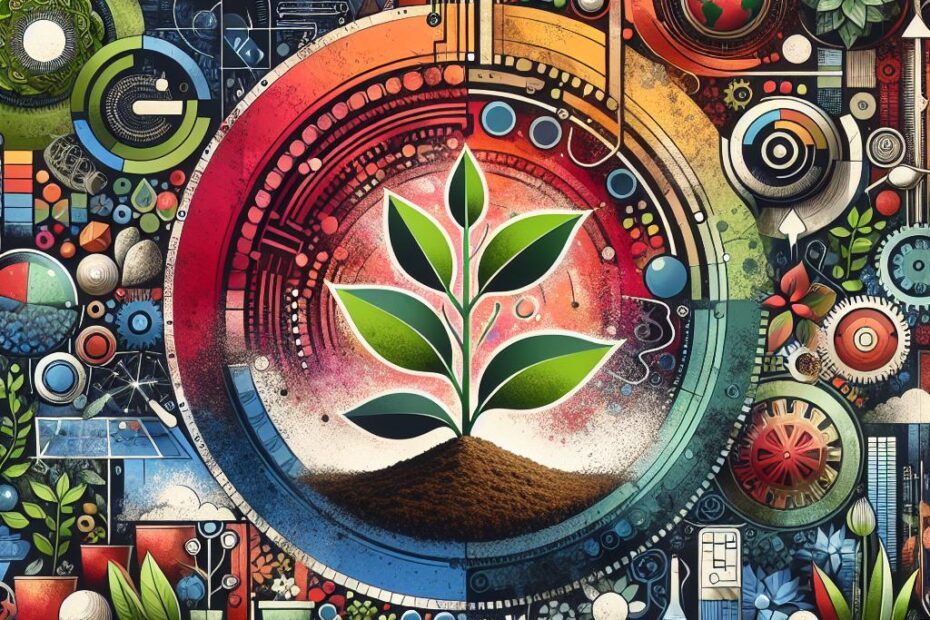Plants For Poor Soil: How To Transform Your Garden
Introduction
When it comes to gardening, one of the key factors for success is the quality of the soil. However, not all of us are blessed with nutrient-rich soil in our yards. If you’re dealing with poor soil in your garden, don’t worry! There are plenty of plants that can thrive in less-than-ideal conditions. In this article, we will explore the best plants for poor soil and how you can transform your garden into a beautiful oasis.
Types of Poor Soil
Before we dive into the best plants for poor soil, let’s first understand what constitutes poor soil. Poor soil can be categorized into three main types:
- Sandy soil: Sandy soil has large particles that drain water quickly and do not hold nutrients well.
- Clay soil: Clay soil is heavy and compacted, making it difficult for plants to grow roots and access water.
- Acidic soil: Acidic soil has a low pH level, which can hinder the absorption of essential nutrients by plants.
Now that we have identified the types of poor soil, let’s explore the best plants that can thrive in these conditions.
Plants for Poor Soil
- Succulents: Succulents, such as aloe vera and cacti, are perfect for sandy soil as they are drought-tolerant and do not require frequent watering.
- Lavender: Lavender thrives in well-drained soil, making it ideal for sandy or rocky areas in your garden.
- Peonies: Peonies can tolerate clay soil and will reward you with their beautiful blooms in the spring.
- Rhododendrons: Rhododendrons are stunning evergreen shrubs that prefer acidic soil, making them perfect for those with low pH levels.
- Hostas: Hostas are shade-loving plants that can thrive in clay soil and will add a pop of color to your garden.
Benefits and Practical Tips
Planting the right plants for poor soil can bring several benefits to your garden, including:
- Low maintenance: Plants that are well-suited for poor soil require less water and fertilizer, making them low-maintenance options for busy gardeners.
- Thriving garden: By choosing plants that can thrive in poor soil conditions, you can transform your garden into a lush and vibrant oasis.
- Cost-effective: Planting resilient plants that can adapt to poor soil can save you money on expensive soil amendments and fertilizers.
Here are some practical tips for successfully growing plants in poor soil:
- Amend the soil: Adding organic matter, such as compost or manure, can improve the structure and fertility of poor soil.
- Choose the right plants: Select plants that are well-suited for the specific type of poor soil in your garden to ensure their success.
- Monitor watering: Water your plants deeply and infrequently to encourage deep root growth and help them withstand drought conditions.
Case Studies
Let’s take a look at two case studies of gardeners who successfully transformed their gardens with plants for poor soil:
- Sarah’s sandy garden: Sarah transformed her sandy garden by planting drought-tolerant succulents and lavender, creating a beautiful and low-maintenance oasis.
- John’s clay soil garden: John improved his clay soil by adding compost and planting peonies and hostas, resulting in a thriving garden with vibrant blooms.
Firsthand Experience
As a seasoned gardener with poor soil in my backyard, I have had great success with planting rhododendrons and azaleas in my acidic soil. These beautiful shrubs have thrived, adding color and texture to my garden year after year.
Conclusion
Transforming your garden with plants for poor soil is not only possible but can also be a rewarding experience. By selecting the right plants, amending the soil, and following practical tips, you can create a lush and vibrant garden that will bring you joy for years to come. So roll up your sleeves, grab your gardening tools, and get ready to turn your poor soil into a thriving paradise. Happy gardening!
